
книги / First steps in biotechnology. ╨Я╨╡╤А╨▓╤Л╨╡ ╤И╨░╨│╨╕ ╨▓ ╨▒╨╕╨╛╤В╨╡╤Е╨╜╨╛╨╗╨╛╨│╨╕╨╕
.pdf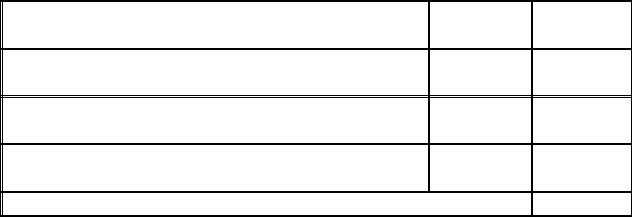
7.Did the team ask questions that were challenging for the other team?
8.Were the arguments presented in a logical and coherent way?
9.Did the team provide informed answers to the questions?
10.Did the final statement summarize the arguments in a persuasive way?
FINAL SCORE: 

OBJECTIVESREVIEW |
|
I can … |
|
understand a video about |
Very well________Not very well |
genetic engineering. |
|
offer my opinions, agree and disagree |
Very well___________Not very well |
remember and organize vocabulary |
|
using idea wheel. |
Very well____________Not very well |
take part in a debate. |
Very well____________Not very well |
|
WORDLIST |
abnormal |
harm |
breeder |
insert |
enzyme |
modify |
exemplify |
nutritional |
exploration |
resistance |
extinction |
seed |
geneticist |
trait |
GM food |
value |
41
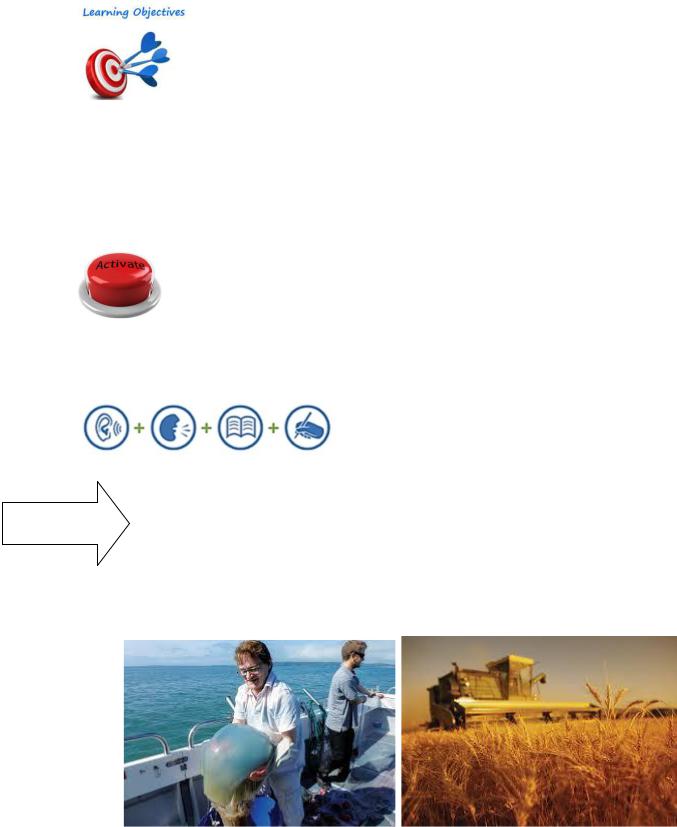
Using visual clues to predict
UNIT 4
RED BIOTECHNOLOGY
In this unit you will …
Listen / watch, read and talk about
red biotechnology
biopharmaceuticals
gene therapy
Learn how to …
find advantages and disadvantages
use the PMI chart
write an article
present a report
Activate your knowledge.
What do you know about treatment rare diseases with biotechnological products?
Do you know that in 2015, 50% of the top 100 drugs became biotech medicines?
PREPARING TO READ
1.You are going to read the text about red biotechnology. Look at the photos (Fig. 12). What industry is red biotechnology related to? Give your ideas.
а |
b |
Fig. 12
42
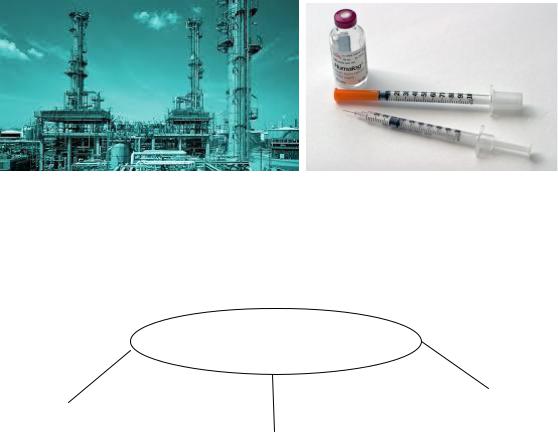
c |
d |
Fig. 12 (End)
2.What do you know about BIOPHARMACEUTICALS? Work in pairs, add your predictions to the concept map (Fig.13).
BIOPHARMACEUTICALS
Fig. 13
WHILE READING
3. Read the text and check your ideas to exercises 1 and 2.
There are numerous applications of biotechnology: it has been a part of the agricultural industry for quite some time. In addition to the agricultural uses, biotechnology has also been making waves in the pharmaceutical industry. Red biotechnology brings together all those biotechnology uses connected to medicine. Red biotechnology includes producing vaccines and antibiotics, developing new drugs, molecular diagnostics techniques, regenerative therapies and the development of genetic engineering to cure diseases through genetic manipulation. Some relevant examples of red biotechnology are cell therapy and regenerative medicine, gene therapy and medicines based on biological molecules such as therapeutic antibodies.
When you hear the term red biotechnology applications, you may not know what it is referring to, but in the medical industry it refers to biopharmaceutical, which is defined as medical drugs that are produced by applying methods of biotechnology.
Some of the biopharmaceuticals that are produced through the use of biotechnology include antibodies, nucleic acids, proteins, DNA and RNA. These are all used for in-vivo therapeutic or diagnostic purposes. They are different than other pharmaceuticals because they are developed using methods of biotechnology rather than direct extraction.
43
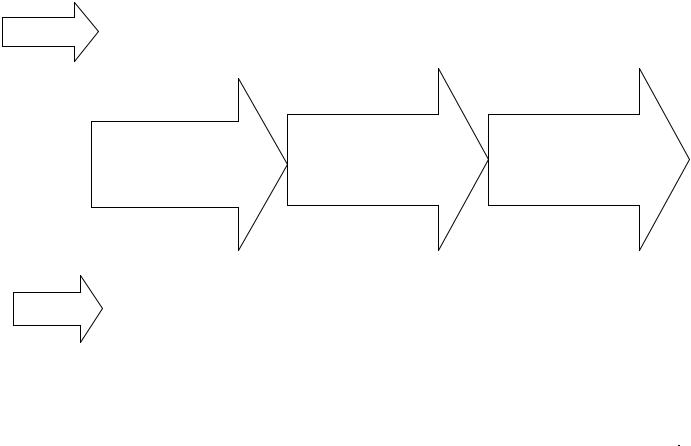
The first biopharmaceutical that was approved for use is actually insulin. Insulin was created using recombinant technology with DNA. Since the inception of insulin being released and used in the medical community, there have been continuous strides in the field of biopharmaceuticals. Most of these are derived from forms of living organisms.
Once a biopharmaceutical is created and approved for use, it typically goes through the process of being patented to give it exclusive rights for manufacturing and production. Because of the high cost usually associated with using biotechnology methods in creating biopharmaceuticals, it is important to the creator of the new drug to be able to maintain rights to it to help absorb a portion of the cost it took in the stages of development.
The Importance of Biotechnology in Today’s Time. Raunakms / June 4, 2010 ©
4. Read the text again and find the answers to these questions:
1 What applications does red biotechnology include?
2 What are cell therapy and regenerative medicine based on? 3 Why do biopharmaceuticals differ from others?
4 What was the first biopharmaceutical?
5 What process does a biopharmaceutical go through typically?
DISCUSSION
Organize 5. Work in small groups, find the information about one or some biopharmaceuticals, and organize it to the following diagram (Fig.14)
Biopharmaceuitical |
Why was it created? |
|
(cause) |
||
(name) |
||
Fig.14 |
||
|
Fig. 14
What does its application result in? (effect)
6. Show your group’s diagram to the other students. Listen to the ideas
Evaluate of the other groups. Then decide in your group which report was the most essential. Use the PMI chart.
PLUS |
MINUS |
INTERESTING |
|
|
|
44

Gene therapy is a medical treatment in which genes are put into cells in the body in order to cure some types of illness
Understanding key vocabulary
PREPARING TO WATCH
1. You are going to watch a podcast about gene therapy. Match the words to their definitions.
Tip: Use if necessary http://dictionary.reference.com/
malfunction |
the scientific investigation of a new treatment that has |
|
shown some benefit in animal or laboratory studies, but |
|
that has not yet been proven effective in humans |
lentiviral vector |
a cell from which a variety of other cells can develop |
|
through the process of cellular differentiation |
stem cell |
a person who is under medical care or treatment. |
patient |
is a modified virus acts as a vehicle for a functioning |
|
gene. |
disorder |
a disturbance in physical or mental health or functions. |
immune system |
failure to function or defective functioning. |
clinical trial |
a diffuse, complex network of interacting cells, cell |
|
products, and cell-forming tissues that protects the |
|
body from pathogens and other foreign substances |
2. Read the sentences and put the words from exercise 1 into the gaps.
1 Do you think gene therapy aims to correct the _____________of the gene? 2 Are there any biotechnological methods to cure genetic ________ and maladies? What are they?
3 How is a functioning gene transported to a _________’s DNA:
a)by antibodies?
b)by _________?
c)by blood cells?
4 Are the vectors inserted into patient’s __________ cells?
5 What diseases do you think can be treated be gene therapy:
a)cancers?
b)______________ disorders?
c)blood diseases?
d)sore throat?
45

6 Do the scientists conduct many ________ _________ using gene therapy? Why is it important?
Listening
to the main idea
3.Work in pairs. Predict the answers to the questions in exercise 2. WHILE WATCHING
4.Watch the podcast “What is gene therapy?” on  channel
channel
http://www.youtube.com/watch?v=xKerTa8yLRM and check your predictions to your ideas in exercise 2.
5.Listen again. Write the missing information in the gaps to complete the table.
Event |
Reason |
Gene therapy has been started |
as it offers_____________________ |
|
|
Normal gene is packaged into a vector |
thanks to these ___________ |
|
|
Gene therapy can treat many diseases |
due to _________________________ |
|
|
Scientists are carrying out many clinical |
because they want ________________ |
trials |
|
|
|
DISCUSSION
6. Work with a partner and answer the questions:
1 How has gene therapy changed our world?
2 Compare your ideas with your group mates. Are they similar? 3 Is gene therapy a good thing or bad thing? Give your reasons.
Create |
7. Imagine you are going to write an article about gene therapy. Plan your |
||
|
|
||
|
|
article using the following planning chart. |
|
|
|
|
|
|
|
Purpose (circle one) |
Audience |
|
|
|
|
|
|
|
Write answers to the questions: |
|
|
to explain how to do |
1. Who will read this? Why? |
|
|
something |
___________________________________ |
|
|
|
_________________________________ |
|
|
to find something out |
_________________________________ |
|
|
|
|
46

to give an opinion |
2. What do they already know about it? |
|
_________________________________ |
to ask something |
_________________________________ |
|
_________________________________ |
|
3. What do I want them to know? Why? |
|
_________________________________ |
|
_________________________________ |
|
_________________________________ |
|
4. What part of my article would interest |
|
them most? Why? |
|
_________________________________ |
|
__________________________________ |
|
_________________________________ |
|
|
|
Antibiotics are a class of drugs that treat |
|
bacterial infections by stopping growth |
|
of bacteria or killing the bacteria directly. |
PREPARING TO LISTEN
Understand 1. You are going to listen to the podcast about appropriate antibiotic use. Match the words with the synonyms.
Tip: Use if necessary http://www.thesaurus.com or http://www.macmillandictionary.com
resistance |
bacterium |
side effects |
doctor |
germs |
fighting, opposition |
superbug |
complete, whole |
sinus infection |
adverse or unwanted secondary effect |
prescribe |
a very powerful type of bacteria that |
|
normal drugs cannot kill |
healthcare provider |
a nose infection |
entire |
offer recommendation |
2.Before listening answer the questions discuss the ideas with your partner and share them with the other group mates. Use the following chart for help.
47

Questions |
|
What I thought |
What my partner |
What we will |
|
|
|
|
|
thought |
share |
|
|
|
|
||
|
|
|
|
|
|
What is antibiotic |
|
|
|
||
resistance? |
|
|
|
|
|
|
|
|
|
||
What kinds of in- |
|
|
|
||
fections |
|
are |
|
|
|
caused by |
viruses |
|
|
|
|
and should not be |
|
|
|
||
treated with anti- |
|
|
|
||
biotics? |
|
|
|
|
|
|
|
|
|
|
|
Why are |
bacteria |
|
|
|
|
becoming |
|
re- |
|
|
|
sistant to antibiot- |
|
|
|
||
ics? |
|
|
|
|
|
|
|
|
|
||
When is it OK for |
|
|
|
||
me to take antibi- |
|
|
|
||
otics? |
|
|
|
|
|
|
|
|
|
|
|
Why should I |
be |
|
|
|
|
concerned |
about |
|
|
|
|
antibiotic |
|
re- |
|
|
|
sistance? |
|
|
|
|
|
|
|
|
|
|
|
Listening for supporting details
WHILE LISTENING
3. Listen to the podcast http://www2c.cdc.gov/podcasts/player.asp?f=10054 and write the missing information in the gaps to complete the main information in the first column of the table.
Main information |
Additional details |
|
|
Well, antibiotic resistance is one of |
This is really dangerous because, if |
the world's most serious public |
some infections aren't stopped by |
_________ threats. |
antibiotics, they can lead to severe |
|
or __________ illness, hospitaliza- |
|
tion, and even in some cases, |
|
___________. |
|
|
Many people have recently become |
MRSA is really dangerous because |
familiar with _______, which stands |
it's resistant to certain antibiotics |
for methicillin-resistant Staphylo- |
and can ________ serious infections |
coccus aureus. |
of the skin, lungs, and bloodstream |
|
|
48
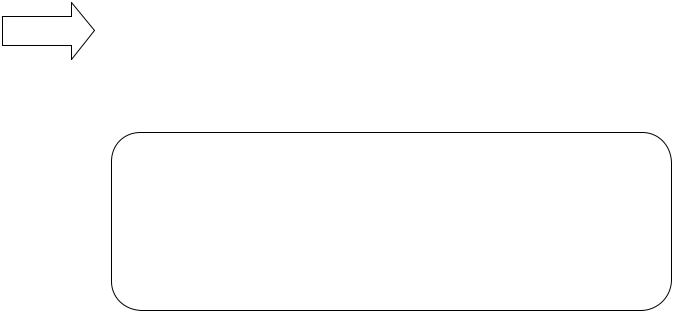
What is the down side to taking an- |
Every time a person takes an antibi- |
tibiotics for a virus, if any? |
otic, _________ that normally live in |
|
our bodies are killed, but resistant |
|
germs may be left to grow and |
|
__________. |
|
|
If your sinus infection isn’t |
Your __________ will decide if and |
__________, you need to return to |
when an antibiotic is needed. |
your healthcare provider. |
|
|
|
It’s important to kill all of the bacte- |
To make sure no bad bacteria re- |
ria causing the ____________. |
main, the entire course of antibiotic |
|
treatment must be _________. |
|
|
4. Listen again and complete the additional details in the second column of the table.
DISCUSSION
5. Work in small groups and discuss the questions:
1 How should I take the antibiotics that my doctor prescribes? Why? 2 When are antibiotics not needed? Why?
3 What else can I do to reduce the risk of antibiotic resistance? 4 How can I prevent antibiotic-resistant infections?
6. Imagine you are a healthcare provider. Compose prescriptions for a pa- Create tient suffering from a common cold. Use the chart to help you.
Tip: Give a set of instructions. Keep your prescriptions short, simple and to the point. Start each step with an Action Verb such as take or drink.
How to cure the common cold:
Step 1___________________________________________________
Step 2___________________________________________________
Step 3___________________________________________________
Step 4___________________________________________________
If no improvment_________________________________________
49

CRITICAL THINKING
1. Work in pairs, discuss the questions.
Remember |
|
1 What is your attitude towards vaccination? |
|
|
|||
|
|
|
|
||||
|
|
2 Do we need to be vaccinated in the early childhood? |
|||||
|
2. |
Look at the sentences about vaccines. Decide if they are ad- |
|||||
|
|
vantages or disadvantages and add them into the correct column in the |
|||||
|
|
table below. |
|
|
|||
|
1 |
Vaccines can save children's lives. |
|
|
|||
|
2 |
Vaccines can cause serious and sometimes fatal side effects. |
|||||
|
3 |
Major medical organizations state that vaccines are safe. |
|||||
|
|
4 Vaccines can contain ingredients some people consider immoral or |
|||||
|
|
otherwise objectionable. |
|
|
|||
|
5 |
Diseases that vaccines target have essentially disappeared. |
|||||
|
|
6 The ingredients in vaccines are safe in the amounts used. |
|||||
|
|
|
|
|
|
|
|
|
|
|
|
Main argument: |
|
|
|
|
|
|
|
Vaccination is highly effective and extremely safe |
|
||
|
|
|
|
|
|
|
|
|
|
|
|
Advantages (+) |
|
Disadvantages (-) |
|
|
|
|
|
|
|
|
|
|
|
|
|
|
|
|
|
3.Work in pairs. Compare your ideas. Can you add any more advantages and disadvantages to the table?
4.Use the ideas from the table to write sentences with linking words from the box.
but whereas |
|
however on the other hand |
|
as well as |
and |
and also |
|
because |
as |
thanks to |
due to |
50
